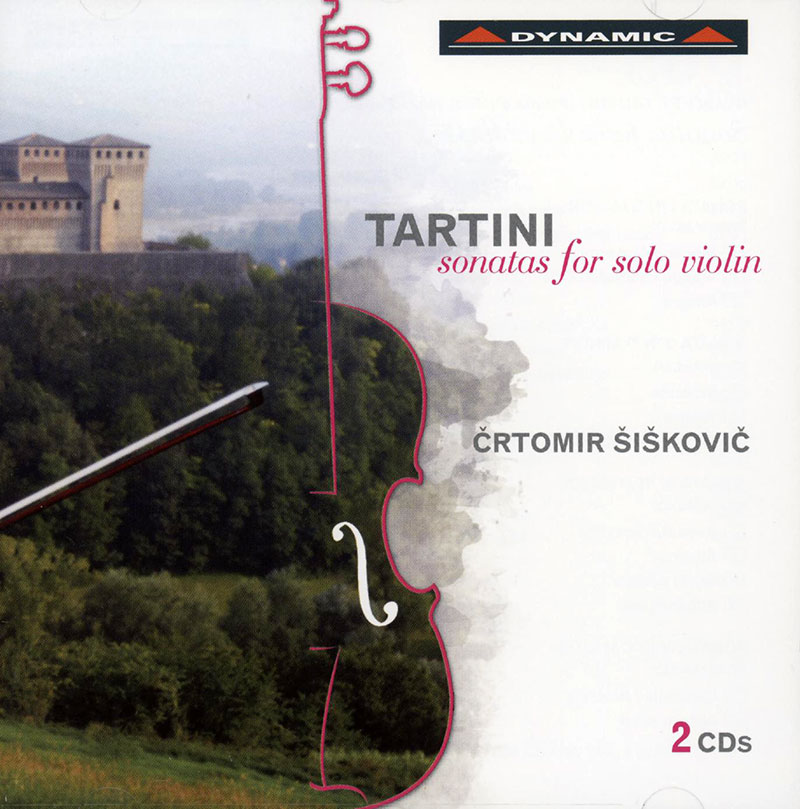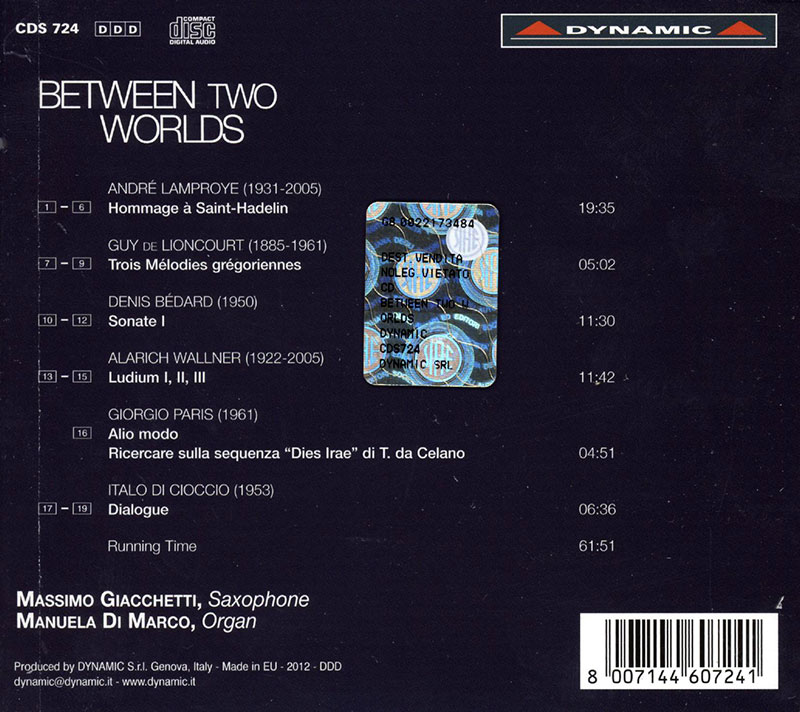Logowanie
Mikołaj - ten to ma gest!
Miles Davis, Horace Silver, Jay Jay Johnson, Percy Heath, Kenny Clarke, Lucky Thompson
Walkin'
20bit K2Super Coding - ale jak to brzmi!
Kasety magnetofonowe
Winylowy niezbędnik
ClearAudio
Double Matrix Professional - Sonic
najbardziej inteligentna i skuteczna pralka do płyt winylowych wszelkiego typu - całkowicie automatyczna
TARTINI, Crtomir Siskovic
Sonatas for solo violin

- Crtomir Siskovic - violin
- TARTINI
As Petrobelli wrote, Tartini’s ”declared intent was to achieve in the instrumental field, with a language suited to the nature of the instrument, the affections that are perfectly outlined in the arias of Metastasio’s operas.” The first sonatas of the collection are mostly structured in three movements, with a slow movement followed by two fast ones, as was Tartini’s favourite scheme; from the eighth sonata, instead, the structure in four movements becomes predominant, with a rich variety of formal patterns. Some movements bear mottos and literary quotations (like Metastasio’s arias, frequently used also in the concertos, or Tasso’s Aria Lieto ti prendo with which Tartini opens his Sonata No. 12 in G major, taken from the 12th canto of the Gerusalemme liberata). In them Tartini makes a fine display of his inexhaustible melodic creativity, always shunning easy symmetries and predictable developments. There are many passages with polyphonic hints, although virtuosity always appears subject to expressiveness and never a simple show of bravura. Frequent also are the hints and melodic inflections echoing popular songs and dances of the day, as for example in the Canzone Venetiana of the Sonata No. 12 in G major, or the second movement (Allegro assai) of the Sonata No. 5 in F major. Tartini is never obvious and even less predictable; secluded in his Padua, he was a self-contained composer who disdained the world around him and possessed the creative power typical of - indeed, almost exclusive to - great anachronistic men. Biography: Born in Trieste, Crtomir Siskovic studied in his native city and in Ljubljana (Slovenia). After graduating with full marks from the Conservatory of Trieste in 1976, he took advanced courses with Igor Ozim, and with the Amadeus Quartet in Cologne, where in 1980 he earned a diploma with full marks from the prestigious Musikhochschule. In 1982 he took master classes with Franco Gulli and the Borodin Quartet in Bloomington (USA), with Max Rostal in Klagenfurt (Austria), and with Viktor Pikaizen in Switzerland. In the field of chamber music he has appeared with numerous prestigious ensembles of international renown, collaborating with artists such as Franco Gulli, Konstantin Bogino, Michael Flaksman, Irena Grafenauer, Maria Graf, Igor Lazko, Davide Formisano and Radovan Vlakovic. As a soloist he has performed with important orchestras. His intense solo career has seen him play under the baton of famous conductors, such as Hubert Soudant, Gustav Kuhn, Fabio Luisi, Frans Brüggen, Juozas Domarkas, Uros Lajovic, Anton Nanut, Matthias Bannert, Michael Tabachnik, Lior Shambadal, Lovrenc Arnic and Shunsaku Tsutsumi. He has toured Europe, the United States, Japan, China and Mongolia, playing in the most important concert halls. He has appeared in television recordings in Europe, China and Japan. He has recorded with famous Italian, German, Russian, Slovenian, Serbian and Japanese record labels. In recent years he has dedicated himself also to conducting."






























